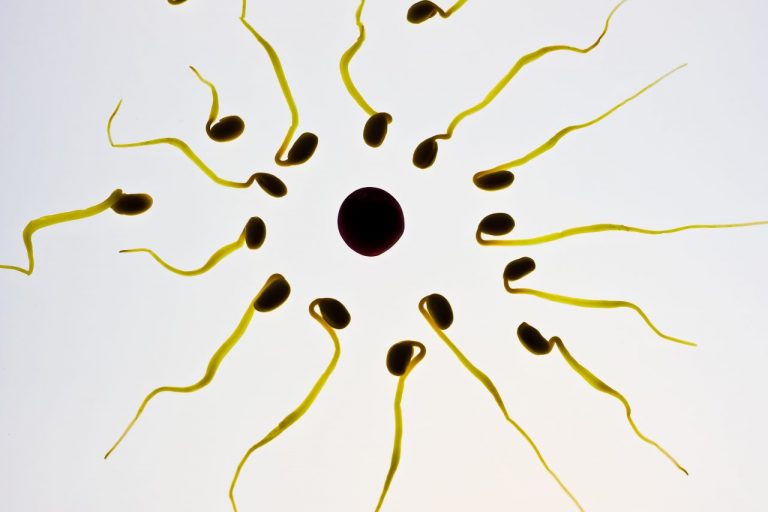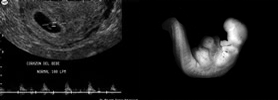- Citas Centro Médico de Caracas: Lunes, Miercoles y Viernes. Pulse el botón Agende una Cita
- Sistema de citas en linea exclusivo para Centro Medico de Caracas en San Bernardino
- Citas CMDLT: Jueves. llamar al 0212-9496243 y 9496245
- Las Emergencias son atendidas en CMDLT previa coordinacion personal al 04142708338
- Proveedor Seguros Mercantil y Sudeban

A woman and a man, after overcoming many stages, have to form a family, either by accident or by an ideal planning, trigger such and complex reproductive events that will have the potential to culminate with a new life.
A couple who has sex every 2-3 days will have a pregnancy in 50% of cases after 3 months, 84% in 12 months and 92% after 2 years. The remaining 8% will have some type of difficulty that will require special evaluations.
The issue of fertility becomes increasingly important as women differ their reproductive plans for educational, professional and economic reasons. The increase in the age of the woman by the time she achieves her first pregnancy has been increasing. Previously (1970) it was estimated that only 1-2% had their first pregnancy after age 35, currently estimated at 15%, this creates new needs in the area of ??infertility and prenatal control in this group of patients . The ideal period to conceive is from 20 to 35 years.
The fundamental elements are the so-called Sex Cells or Gametes:

In man the Spermatozoid …

… and in the woman the ovum
These cells are very particular and differ from any other cell type or Somatic Cells by carrying only half of the chromosomes with them; that is, the Gametes have 23 chromosomes and the somatic cells 46, so when two gametes come together they acquire the chromosomal content of a somatic cell and therefore they become a single somatic cell that will divide an almost unimaginable number of times to give origin to each and every one of the systems that are contained in a new human being.
Sexual activity: During intercourse, and at the time of ejaculation, the man deposits his sperm at the bottom of the vagina near the cervix.
The sperm penetrate the cervix, travel through the uterine cavity and try to leave the uterus through the fallopian tubes. If any of the ovaries have ovulated by that time, the sperm and the egg will be found in the outer portion of the fallopian tube and fertilization will occur.
Once the fertilization has taken place, the egg will start the return trip from the tubes to the uterine cavity to start the implantation process: this journey takes 6 days and although it is still 1 week before menstruation occurs (it will not be seen during the next 9 months) the pregnancy test can be positive if it is practiced with very sensitive modern methods.
Fertilization: the union of the gametes. This is fertilization, an advantageous evolutionary mechanism that allows two foreign cells of 23 chromosomes to join and form a new cell of 46 different chromosomes from the cells that gave it origin: the Embryo. This embryo begins to grow by cell division quickly and tirelessly.

Problem: How to make the gametes come together? Answer : Sex!
We have to deposit the sperm in the vagina during or at moments close to ovulation so that the two gametes can “stumble” on each other so that there is fertilization. The sperm flooded the uterine cavity and then the fallopian tubes, many of them reach the abdominal cavity. The ovule, in turn, is released into the abdominal cavity by breaking into the follicle that contains it and is quickly channeled into the fallopian tubes (blister, dilated end of the tube) where, ideally, fertilization occurs. Transport through the tube takes 6-7 until it reaches the uterine interior.
Implantation: is the process of uterine invasion by the growing embryo. As the egg is implanted inside the uterus, two large cell masses are separated: the one that will give rise to the placenta and the one that will correspond to the future baby. We are finishing the first week after fertilization and there are still 7 days left for the woman to realize that menstruation is about to be delayed.
Biochemical pregnancy: A sensitive pregnancy test (BhCG) can be positive during the time of implantation, 1 week before the arrival date of menstruation. At this time and for a couple of weeks more there will be no evidence of pregnancy other than that manifested by the pregnancy test; This is known as biochemical pregnancy.
Clinical pregnancy: first evidence

Upon reaching the date on which menstruation would be expected, it is possible to have the first clinical evidence of a pregnancy: the high resolution transvaginal ultrasound study can reveal the presence of a small bubble inside the maternal womb; A pregnancy of 4 weeks and all you see is a small intrauterine sac without evidence of embryo 4 weeks. But why do they say that they have 4 weeks if only 2 ago that fertilization happened? For reasons of conventionality, and for everyone to understand, it was decided to count the time of pregnancy from the first day of the last known period since this was a date that almost all women knew without error. Thus, embryology and ultrasound agree and accept that during those two weeks there was no pregnancy but consider them at the time of calculation so that everyone speaks the same language when it comes to human pregnancy. From 2000 mUI / mL of BhCG ??the intrauterine sac should be evidenced by transvaginal sonography
Clinical pregnancy: visible embryonic life

From the 5th week of pregnancy we can see the first evidence of embryonic life by ultrasound, heartbeat inside an embryo of 3 to 5 mm, a granite of rice with beats! See the detail of an embryo of 5 weeks, there is much more development that seems to be by ultrasound. In the following we will always see the embryo with cardiac activity, then movements and progressively larger, acquiring an increasingly human aspect from week 10.
Facts about fertilization
As the maternal age advances, the ovules become exhausted and aging along with the woman, hence most of the chromosomal problems have a feminine origin.
Man produces and replaces his gametes quickly so that they do not age with their owner.
The process of reproductive cessation in women is abrupt compared to men.
As the maternal age advances, the capacity for ovular fertilization decreases, ovulation becomes erratic and the risk of the appearance of chromosomal diseases increases.
Sex is put by man: woman is 46, XX and man is 46, XY. This is important to highlight because many macho men blame their women for not giving them the sex of the baby they want. This has been the cause of domestic violence
Primary infertility is the inability to conceive for the first time.
Secondary infertility : is the difficulty of conceiving again despite having achieved a pregnancy previously.
Fertilization does not guarantee a birth or the health of the product